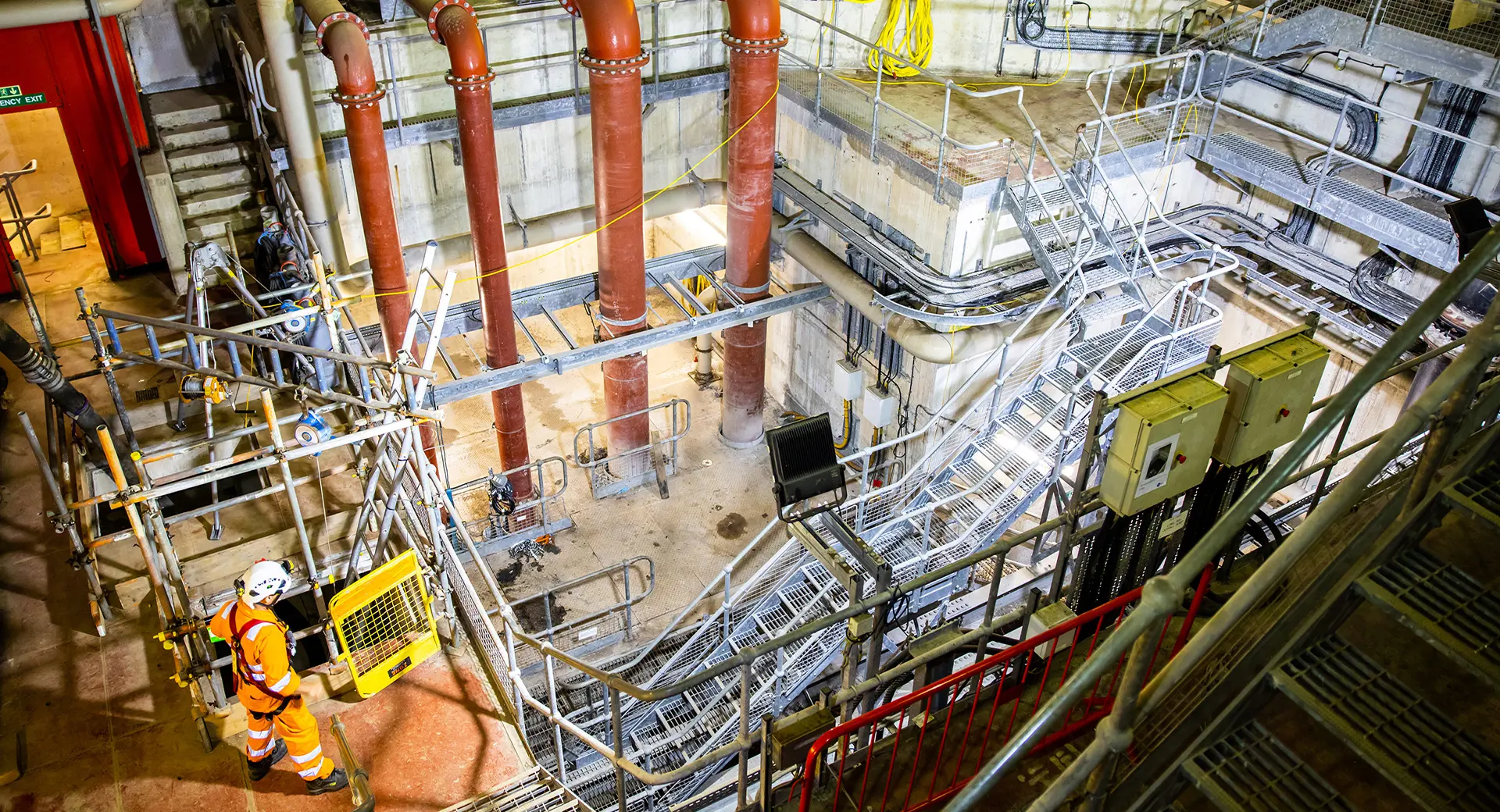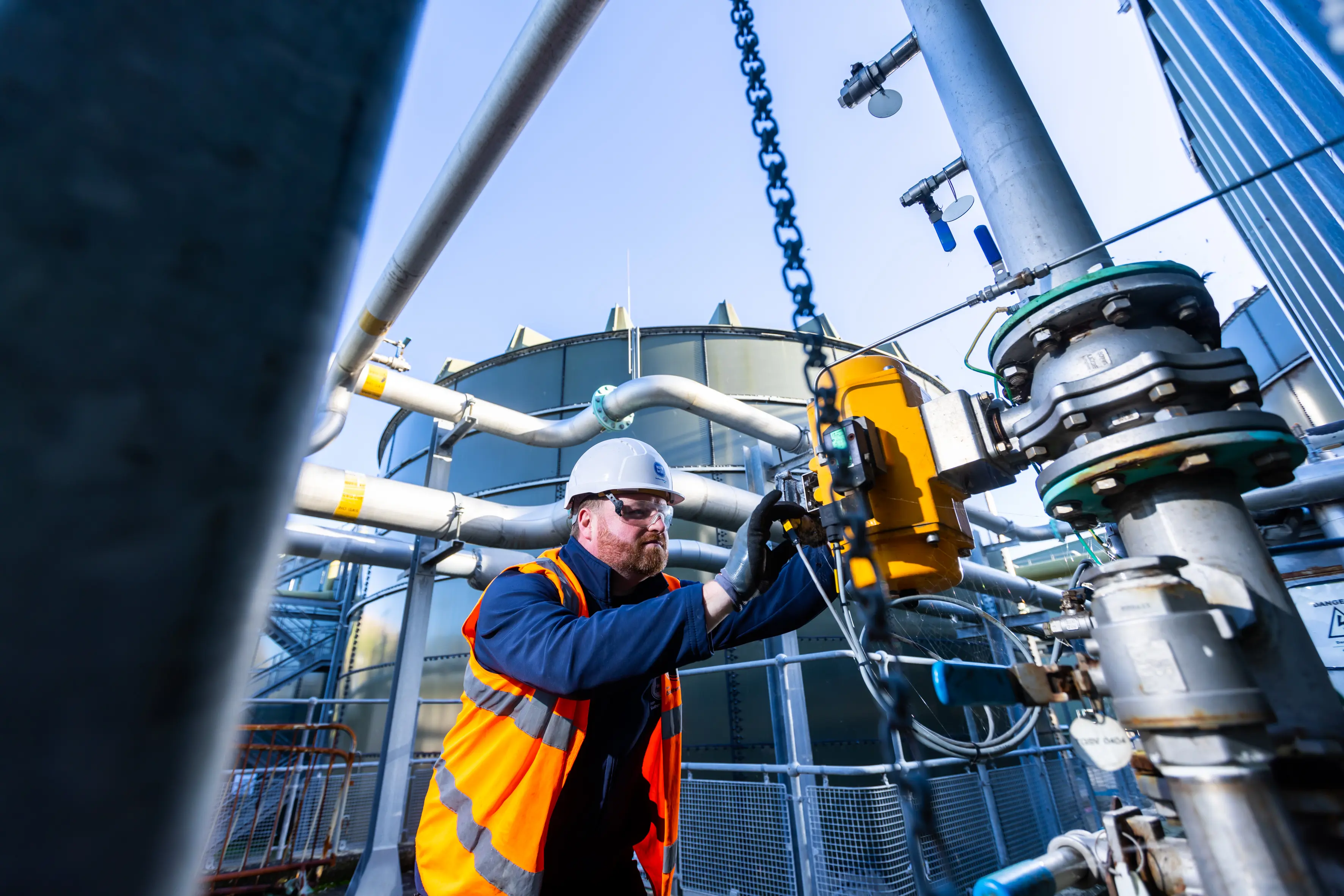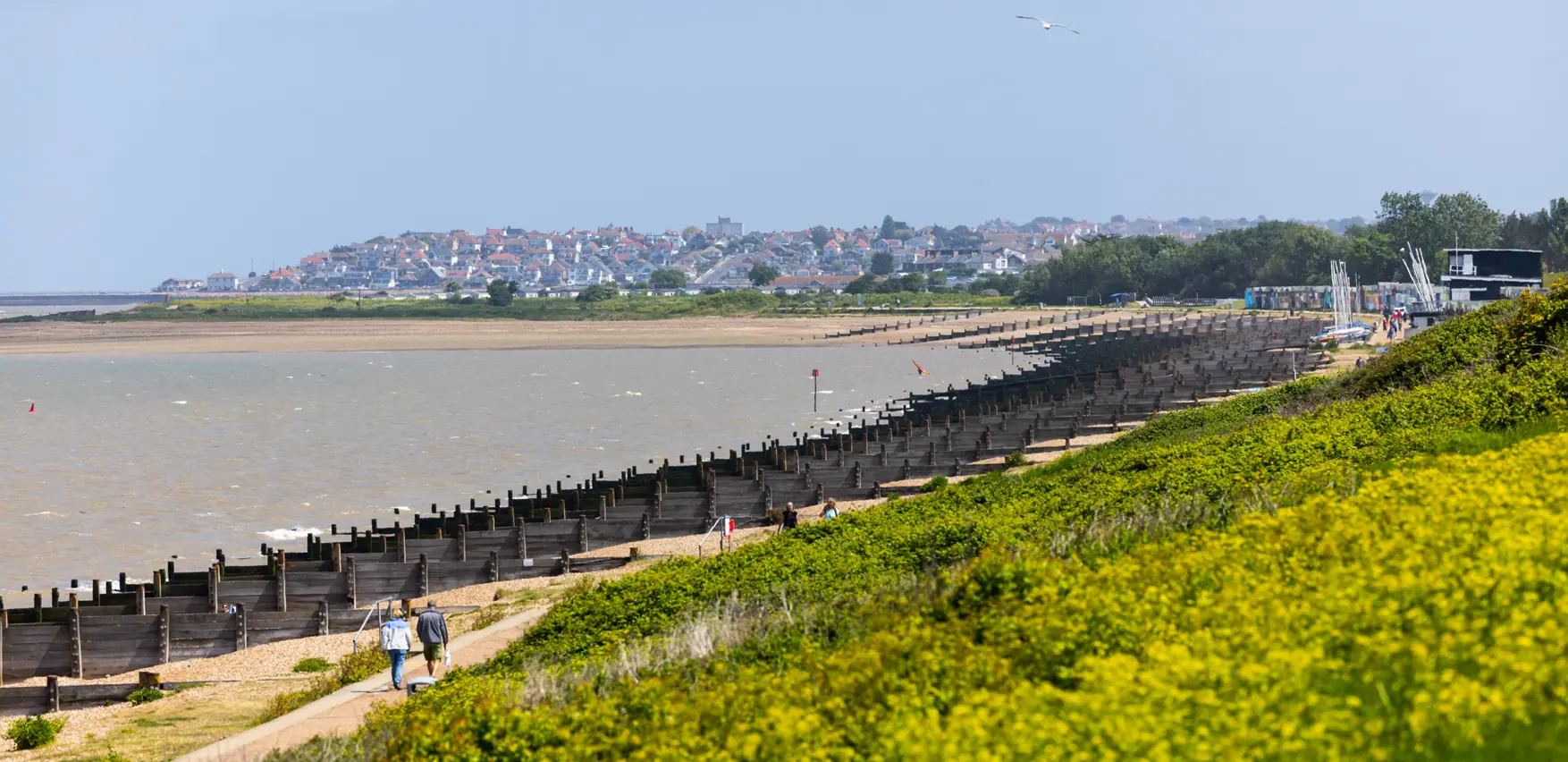Carbon emissions
This graph shows our operational and embedded carbon emissions and the different Scopes they fall in to. Operational emissions relate to the carbon emitted due to our day-to-day activities, so our use of energy, process and fugitive emissions, vehicle fleet and business travel, waste disposal and use of chemicals. Our embedded carbon emissions relate to our purchase of goods and services, and capital carbon – emissions from the manufacture, construction, and installation of our assets.




